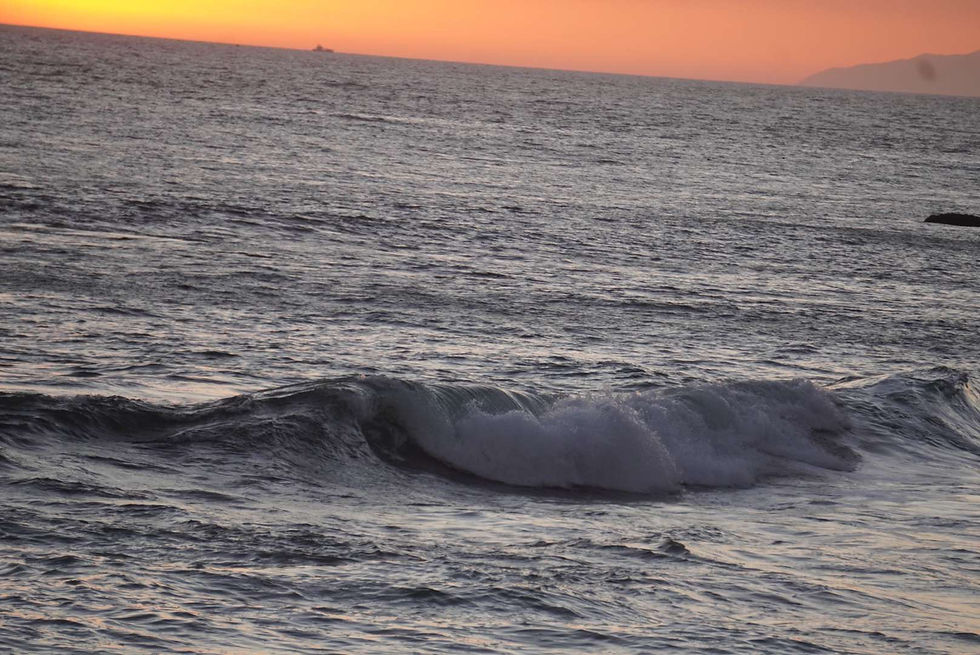What is the best tide for Surfing?
- Alysse Dodge

- Jul 23, 2022
- 2 min read
Updated: Jan 3, 2023

The term tide refers to the alternate rise and fall of sea levels. Tides are caused by the rotation of the Earth, seafloor features, and the gravitational forces created by the Moon and Sun. However, the Moon has the biggest impact on tides and this is what I will be focusing on in this article. Daily, the majority of coastal regions around the globe experience two high tides and two low tides.
What is the best tide for surfing?
Typically, the best time to paddle out for a surf session is with an incoming tide. An incoming tide occurs when the tide is rising. This is the time in-between the extreme of a low or high tide. You can identify an incoming tide by noticing that the shoreline is rising up the beach. Specifically, the best time for a good surf is any time between an hour after a low tide to an hour before high tide. However, each surf spot is very different. It is not common, but there are some areas that only generate waves during high tides and others only at low tides. It is important to know how your favorite surf spots react to the changing tide.
What are high and low tides?
A high tide is when the ocean is at the very top of its tidal range and the water reaches its highest level. Specifically, the Earth creates a full rotation daily which means that the Moon passes overhead once per day as well. As the Moon gets closer to the Earth, its gravitational attraction becomes stronger. The Moon's gravity pulls on Earth's water, causing the water to always bulge in the direction of the moon; this movement is known as a tidal force. This explains the first high tide of the day, but you may still be curious about the second. The second high tide of the day is also created because of tidal forces. The bulge I previously discussed doesn't only affect one side of Earth; it affects the entire planet. Tidal forces squeeze the earth, causing the water to bulge on both two sides. This is the reason for the second high tide of the day. Simply, Earth's surface rotates through each of the budges daily. In contrast, a low tide is when the sea is at the bottom of the tidal range and the furthest distance away from the shore. Low tides occur when the water's surface is no longer located in front of the Moon. As the Earth rotates, different regions are exposed to the bulges. The tide is the lowest when it is the furthest away from these bulges.
What are the three basic tidal patterns?
The three basic tidal patterns are semi-diurnal, mixed, and diurnal. A diurnal tide is a tidal pattern with only one high and one low tide each day. The Gulf of Mexico experiences diurnal tide cycles. A semidiurnal tide cycle is when both high tide and low tide sizes are around equal to each other. Most coastal regions in the Atlantic and the Indian Ocean experience semidiurnal tides. Lastly, mixed tides are when the two high and two low tide sizes significantly differ. Parts of Australia and South East Asia experience mixed tides.



Comments